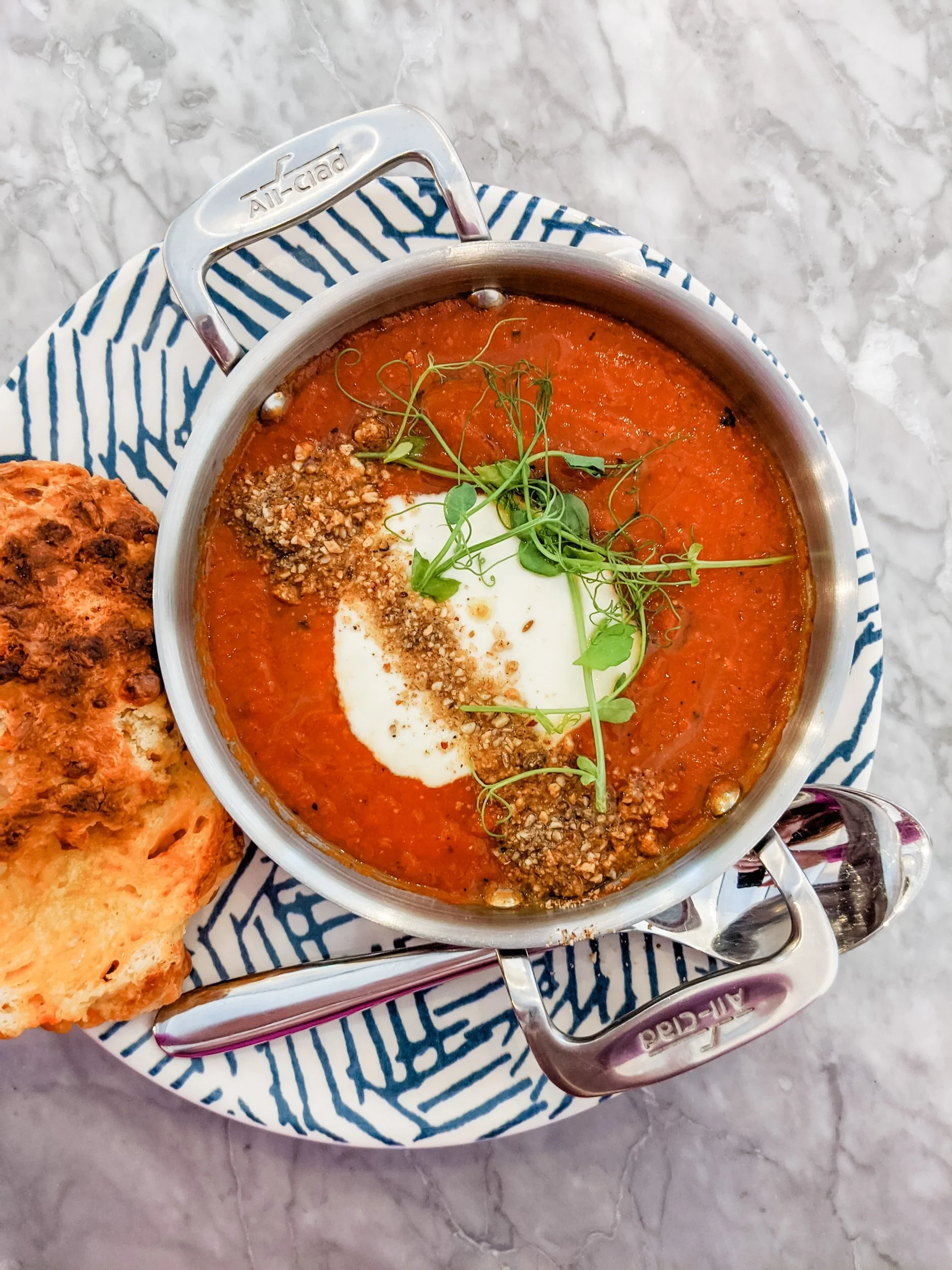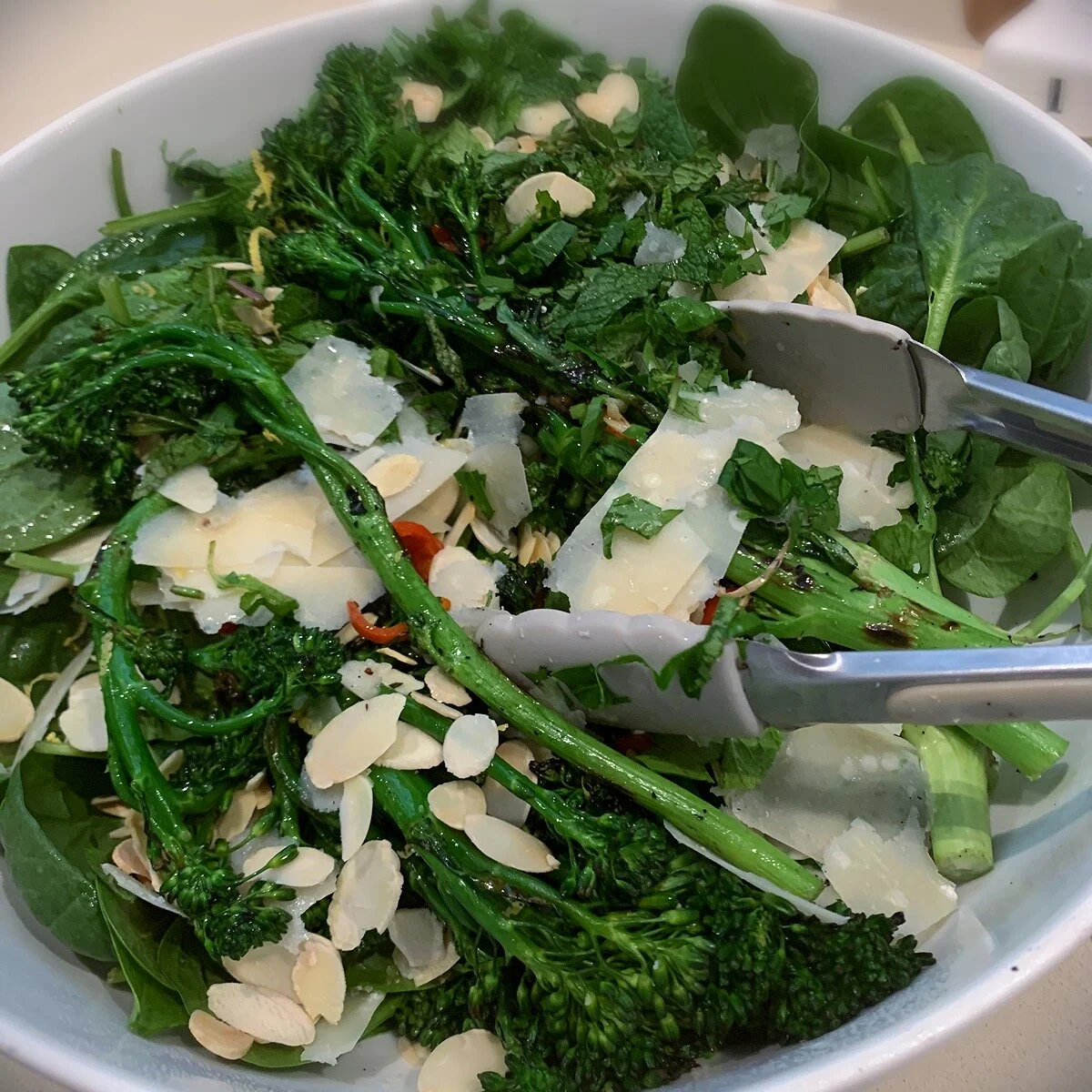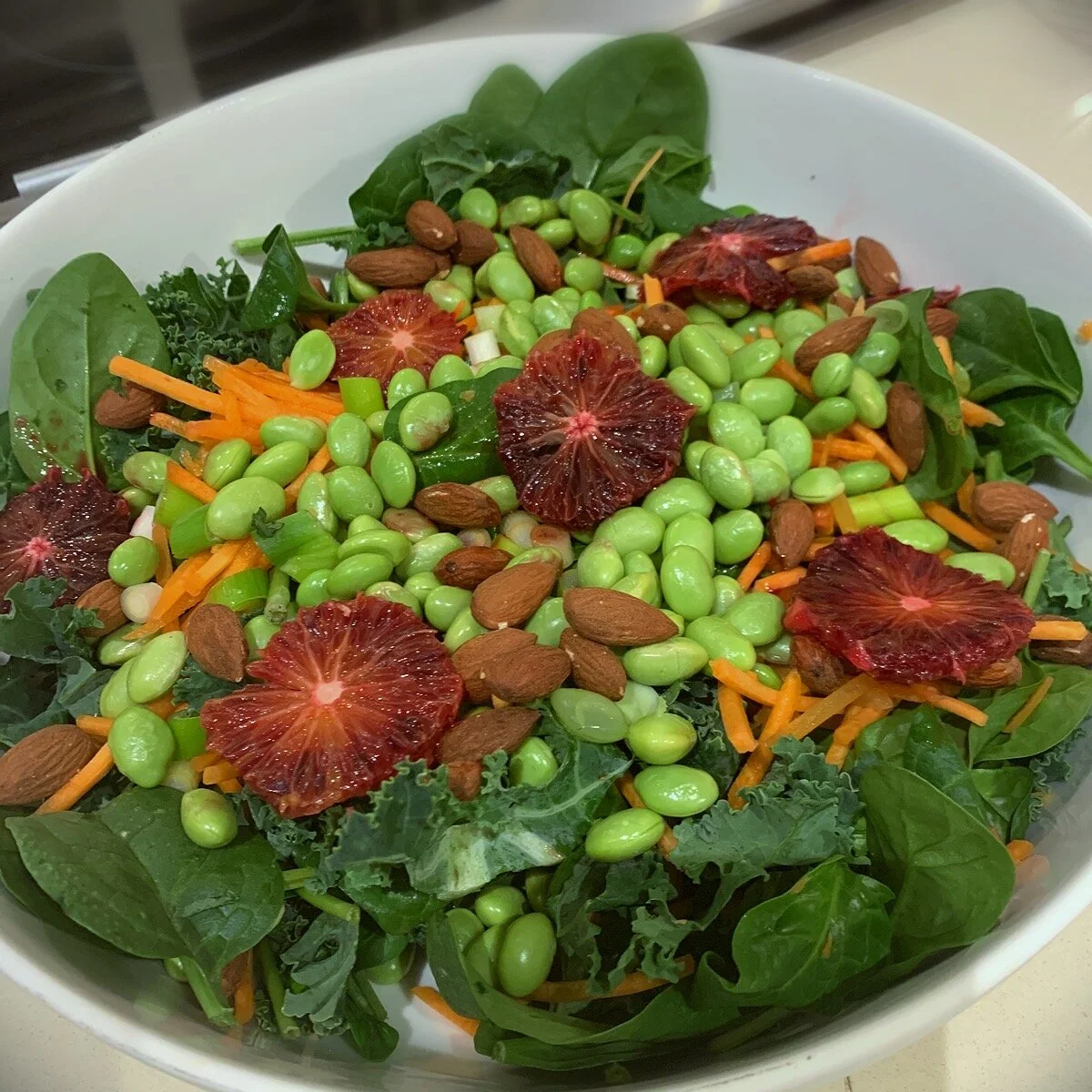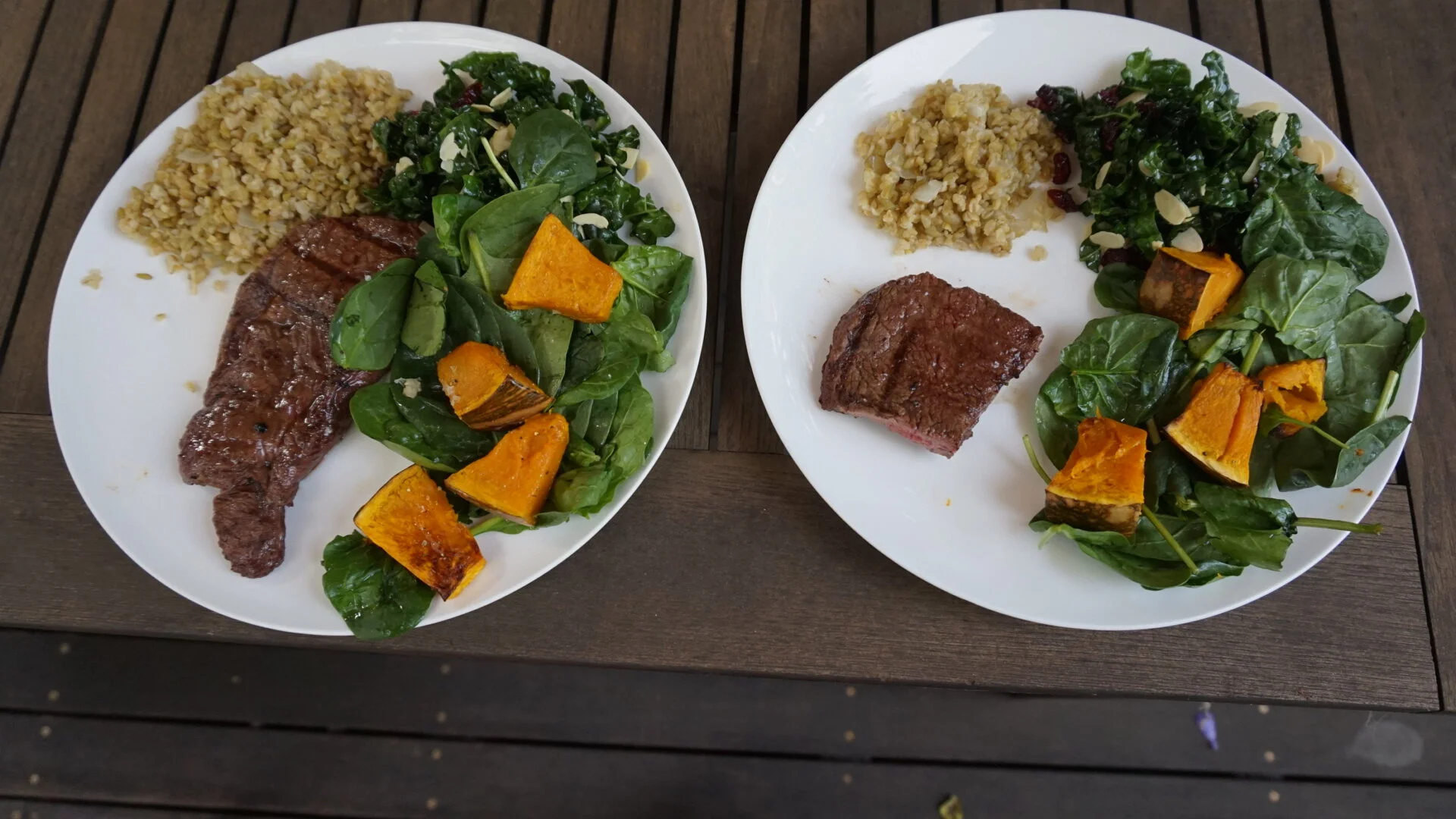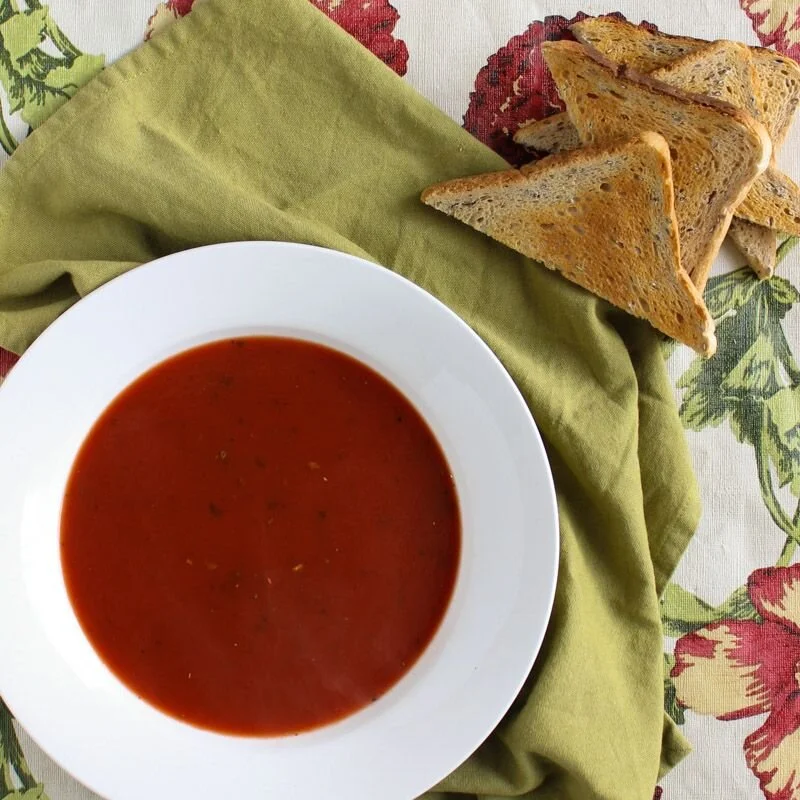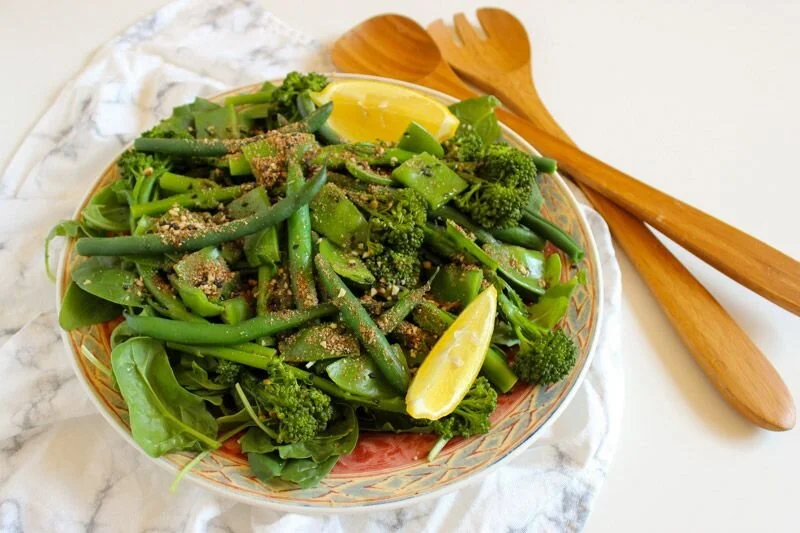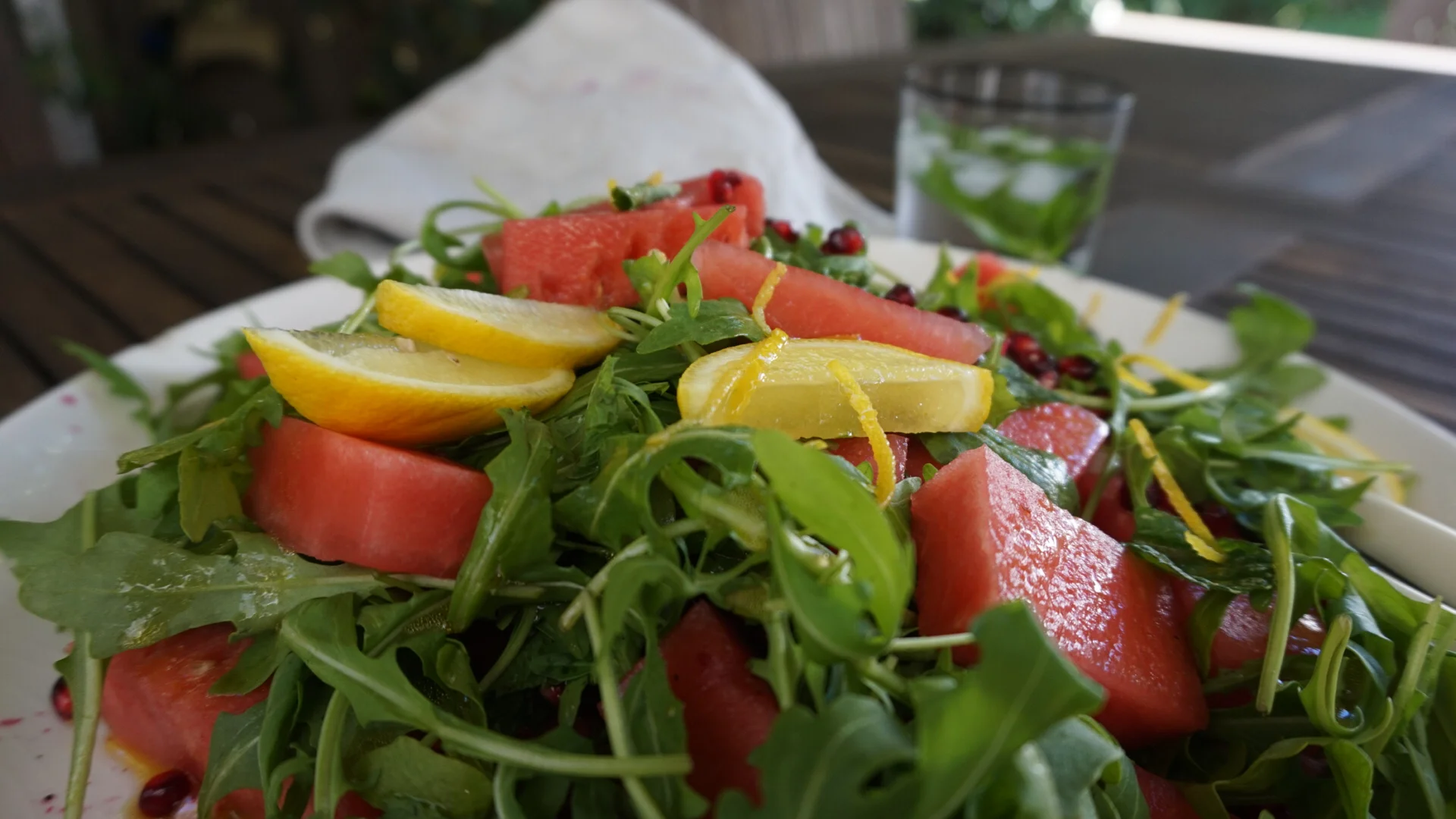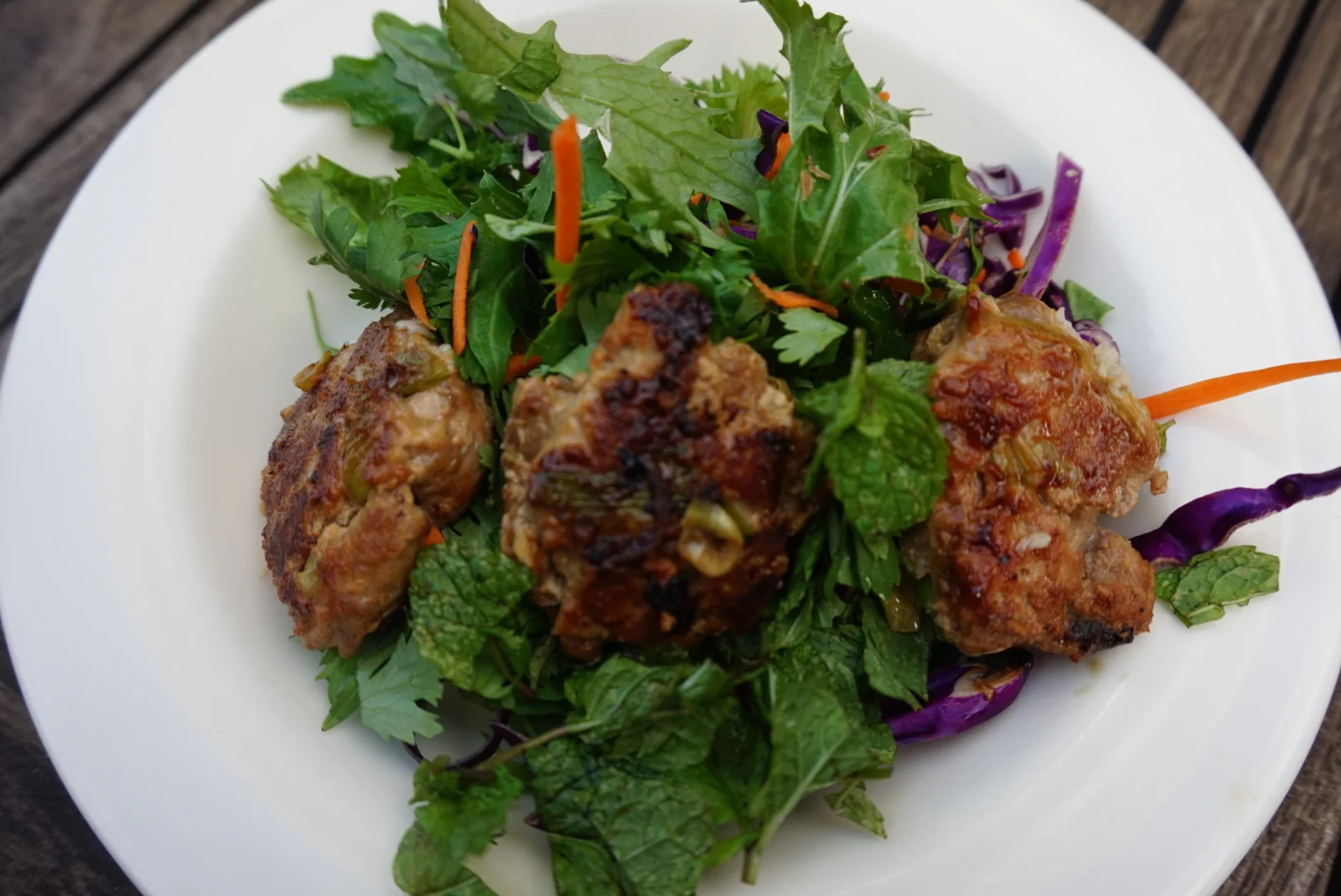Recipe reproduced with permission from Glenda Bishop. Glenda is a Registered Nutritionist, wellness coach, neuroscientist and educator.
You’ve got to love a bowl of soup on a cold winter’s day. And when it comes to soup, there’s few that are as comforting as a hearty Ribollita. If you’ve never heard of Ribollita before, it’s an Tuscan soup that means ‘reboiled’ in Italian. It's traditionally made by reheating leftover minestrone and tossing leftover bread into it-essentially a "use it up" meal. But you can make Ribollita fresh and it’s just as good, as I’ve done here with this gorgeous Low FODMAP Ribollita.
There’s no one right way to make Ribollita. The only thing that people agree on is that it’s meant to contain lots of cheap vegetables, beans, and leftover bread. You can also make it from leftovers or make it fresh on the day. The main problem with a traditional Ribollita is that it’s got lots of high FODMAP ingredients in it.
Firstly, the beans–traditionally cannellini beans, and a decent amount of them–are very high FODMAP. But by changing them to canned chickpeas that have been well rinsed, and limiting the amount added, it’s quite easy to fix this.
Secondly, the onion and garlic – but onion and garlic are easy to change for low FODMAP recipes. Here I’ve used green onion tops and garlic-infused extra virgin olive oil.
Thirdly, the bread – which would normally be a wheat-based bread. This is easy to fix by using a spelt sourdough bread or a suitable low FODMAP gluten-free bread. The only catch is making sure that the bread is sturdy enough not to disintegrate in the hot soup. Traditionally, this soup was made with stale bread to avoid food-waste in times of famine. This can be dealt with by lightly toasting the bread before adding to the soup, which is especially useful for breads that are crumblier in texture.
Lastly, the stock. Actually this isn’t a problem at all because Ribollita is made with water, not stock. But because of the diverse vegetable flavours, plus the extended cooking time, the water becomes as flavoursome as a stock. Which is excellent because then you don’t have to worry about finding a low FODMAP stock.
Aside from adjusting for FODMAPs, there are two ways that this Ribollita recipe has strayed from the traditional method:
By making it in a slow cooker, it never truly boils, not even once. So it’s definitely not ‘reboiled’, defying the name Ribollita. But, with a slow cooker you can put the soup on to cook, walk away, then come back after a long day and have the most delicious and hearty soup ready for you. I don’t know about you, but I’m more than okay with that.
The bread is normally added during the ‘reboling’ phase of the cooking, but I’ve adjusted the recipe to add the bread during the serving up phase. This strategy means you can store leftovers (and even freeze them), without the bread becoming complete mush.
Regardless of how traditional or otherwise this Ribollita is, there’s one thing for certain... it’s absolutely delicious and it is comfort food in the truest sense. It will warm you up, fill you up, and provide incredible nourishment to your body. And since it won’t upset your tummy either, it’s the perfect option for a cold winter’s day (or any day for that matter).

